Assistant Professor Mahbobi used a large sample of 1369 students to analyze this important question using a probit model. The probit model attempts to determine the factors that influence the probability of passing the courses. He found that the probability to pass is influenced by factors such as high school GPA, student age, gender, location, type of high school, and other factors. The student’s prior academic achievement, measured by the average GPA of some selected high school courses, was found to be a significant factor. The likelihood of passing also dependents on the age of the student at the time the course is taken. For a given high school GPA and regardless of student’s gender, the highest probability of passing these courses occurs at age 26. Finally, students of both genders who were recruited from the School Districts close to Thompson Rivers University have shown better chances to pass these courses. Professor Mahbobi has published his findings recently in the Journal of Economics and Economic Education Research.

